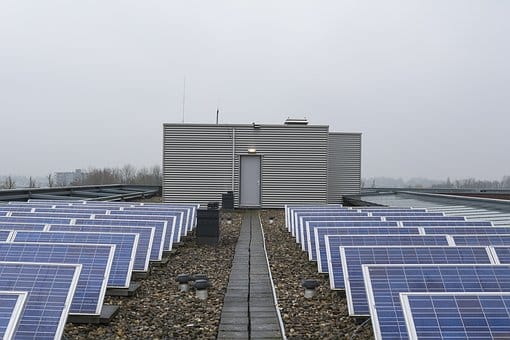California Commission Incorporates GHG Metrics into Battery Incentive Program

The California Public Utilities Commission on Aug. 9 adopted reforms requiring eligible energy storage systems under the Self-Generation Incentive Program, or SGIP, to reduce greenhouse gas emissions. The changes call for a digitally accessible “GHG signal” that provides storage developers and customers with the information needed to charge during low- emission periods and discharge during high-emission periods, in order to reduce emissions.
The agency tasked the program administrators, Pacific Gas and Electric Company, Southern California Edison Company, Southern California Gas Company, and the Center for Sustainable Energy, with establishing a GHG signal that provides marginal emissions factors in units of kilograms carbon dioxide per kilowatt hour within 240 days of adoption of this decision. The administrators are required to offer performance-based incentives to new projects irrespective of system size. The projects will be subject to annual emissions reductions of five kg/kWh or payment reductions of $1 per keg of emissions.
Customers with residential storage systems must either enroll in a time-varying rate, if available, or install storage with solar-only charging or a solar self-consumption system. These customers may also register for time-varying rates under the California Alternate Rates for Energy, or CARE, program, if they qualify.
The reforms require verification of GHG performance of new residential developers using the “annual impact evaluation sampling procedure,” and also approves emission reduction compliance options for legacy commercial projects.
The SGIP program, adopted in 2001 to incentivize distributed resources and reduce power demand, has been revised multiple times. In 2016, the legislature authorized the commission to double the collections to $166 million per year through 2026.
EnerKnol Pulses like this one are powered by the EnerKnol Platform—the first comprehensive database for real-time energy policy tracking. Sign up for a free trial below for access to key regulatory data and deep industry insights across the energy spectrum.
ACCESS FREE TRIAL


